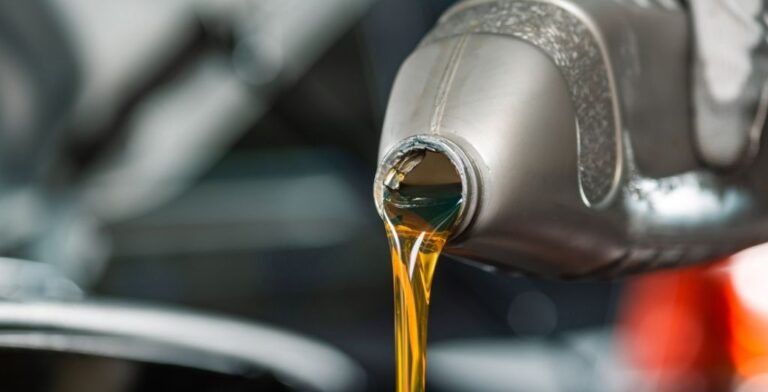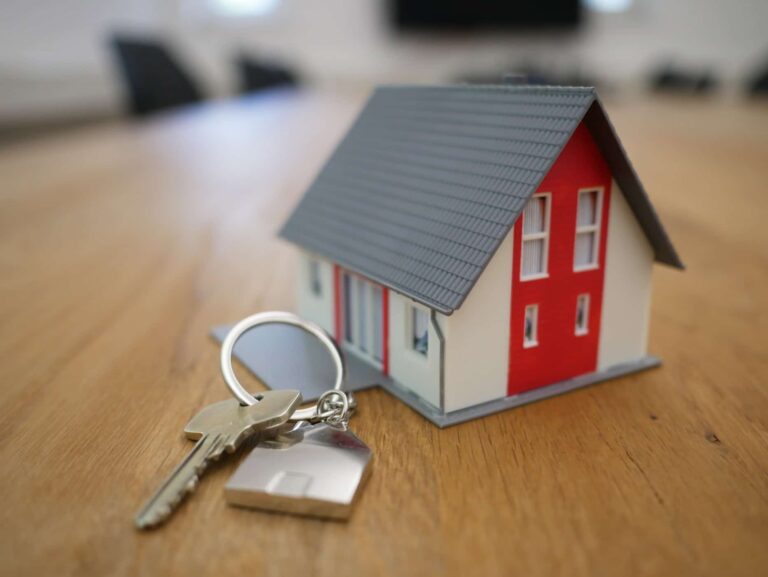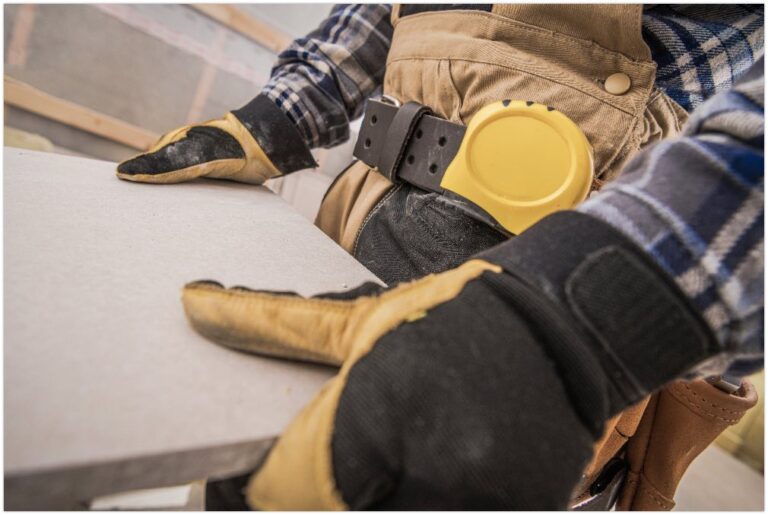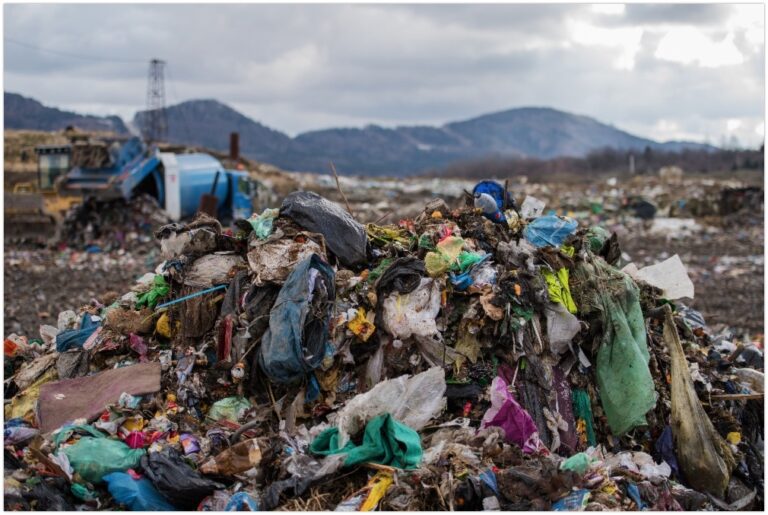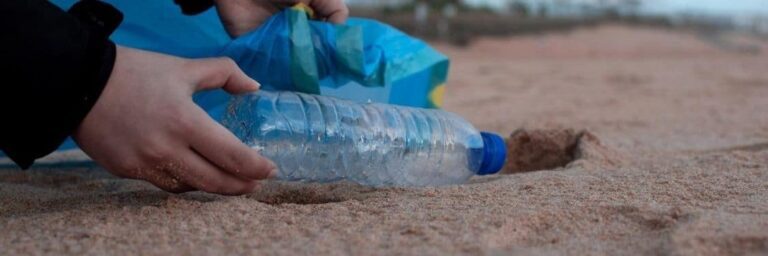If you recently bought or rented a vintage house that was built before 1978, chances are there will be lead paint somewhere around the house. The beautifully trimmed window that looks like a masterpiece may actually contain lead paint, which is hazardous for your family’s health. The problem starts when the paint begins to deteriorate, hence it is essential to take steps to remove lead paint before it poses serious health risks.
While some states allow you to do the lead paint removal yourself, we suggest you hire experts who are certified and trained for lead paint removal. Not only do they have all the right equipment to perform the job but they will also take all safety measures to protect other areas of the house from lead dust. They may perform one of the four different methods to remove lead paint which are encapsulation, enclosure, replacement and removal.
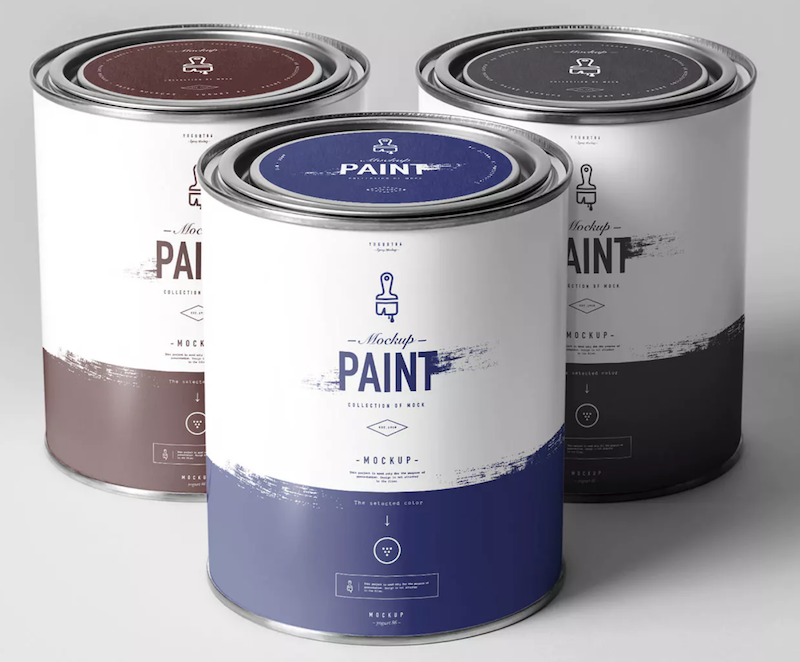
Let us take a look at the 7 critical things you need to know about lead paint removal and disposal.
1) Pregnant women and children are at high risk for lead exposure, hence they must stay away from the site of lead paint removal until the clean-up is complete. If the house needs extensive removal work that may take a few days, it is better to make temporary arrangements for living.
2) During the lead paint removal, chips and flakes can get into household items like rugs, carpets, bedding, drapes, toys, etc. So, make sure you either remove them from the site or cover them with thick plastic sheets. You may use a duct tape to secure the plastic to the surface so that all the waste is collected on the plastic.
3) To prevent the entire house from getting filled with lead flakes and dust, make sure you work only in one room at a time and seal that area from the rest of the house. Cover up the ventilation and heating ducts using thick plastic sheets.
4) We strongly suggest you hire experts as they know their job best. If you still decide to do-it-yourself, refer to these 7 things you need to know about lead paint removal and disposal. Follow the safety rules properly. Make sure you wear coveralls, paper shoe covers, goggles, cover hair, and also a HEPA (High-Efficiency Particulate Air) respirator.
5) Breathing in air containing lead dust can be extremely harmful to your health. The simple dust masks are not enough to protect you from lead dust; hence, you need to wear HEPA respirator.
6) Avoid eating or drinking anything while removing lead paint or even on the site where the removal job is in progress as the lead dust in the air can contaminate the food and water.
7) After the job is complete, you need to clean up carefully and dispose of all the waste containing lead-paint, coveralls, etc. Use a HEPA filtered vacuum cleaner to remove any traces of dust from your clothing. Take a shower after you have cleaned up the area to prevent spreading the lead dust around the house.
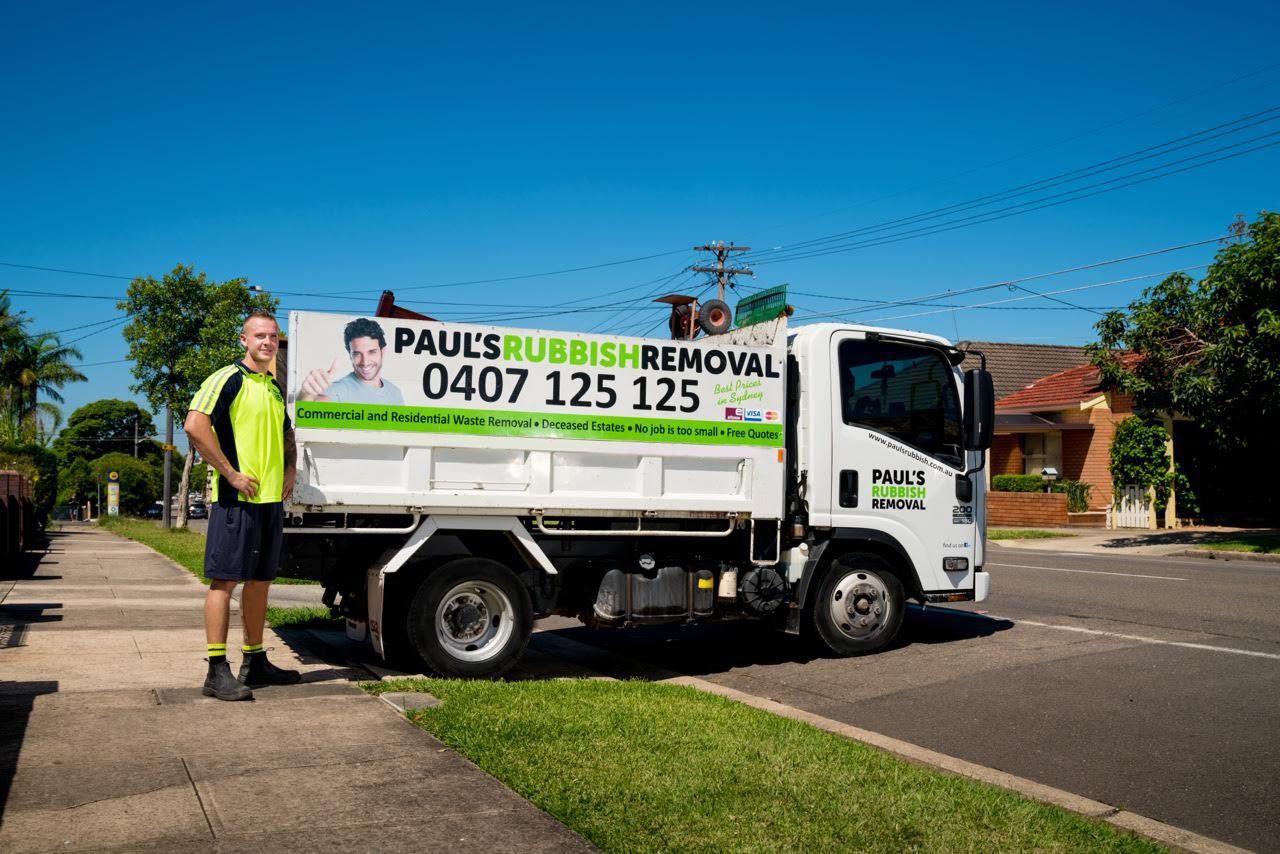
When it comes to efficient lead paint disposal, we are the experts. Simply arrange a date and time with us to come and collect your paint waste. We also offer same-day lead paint removal so that you do not have to be stuck with hazardous waste. Please call Paul’s Rubbish Removal for all your lead based or non-lead based paint in Sydney on 0407 125 125.



